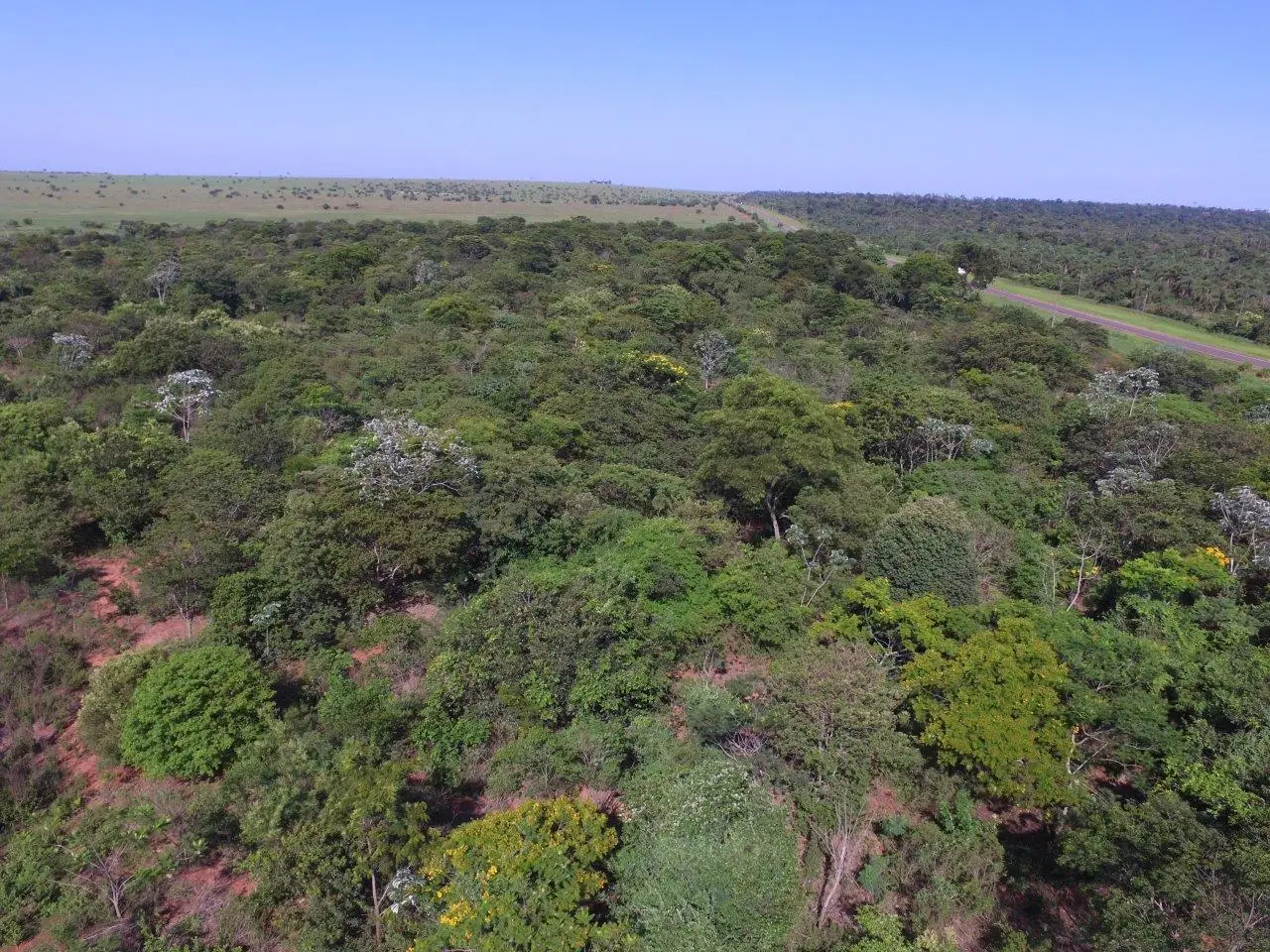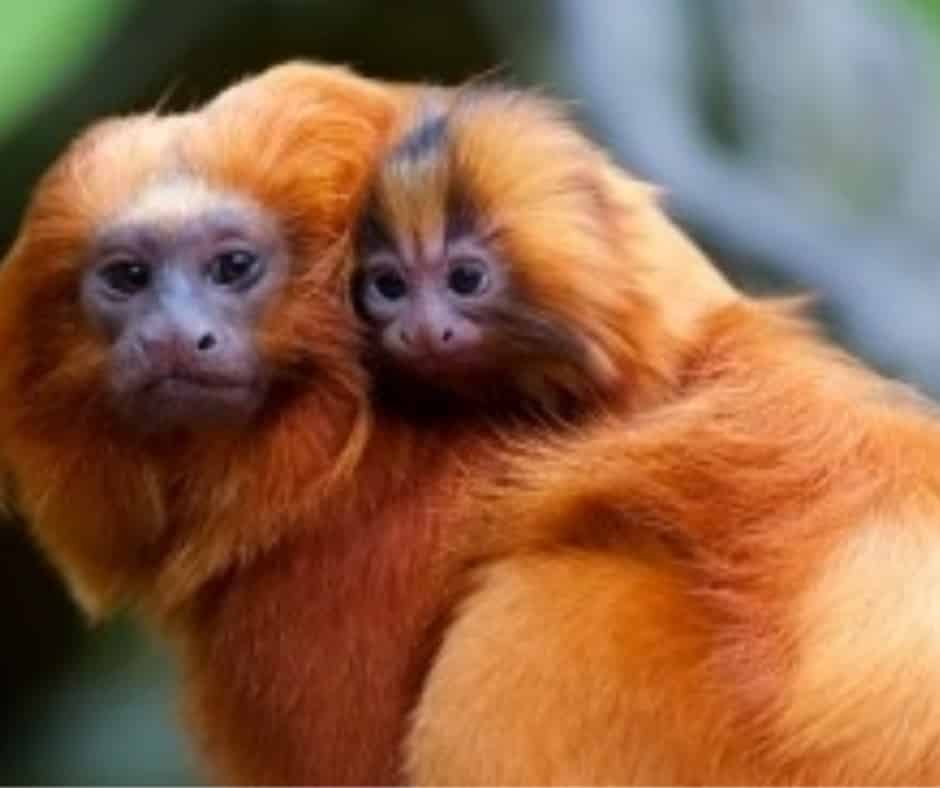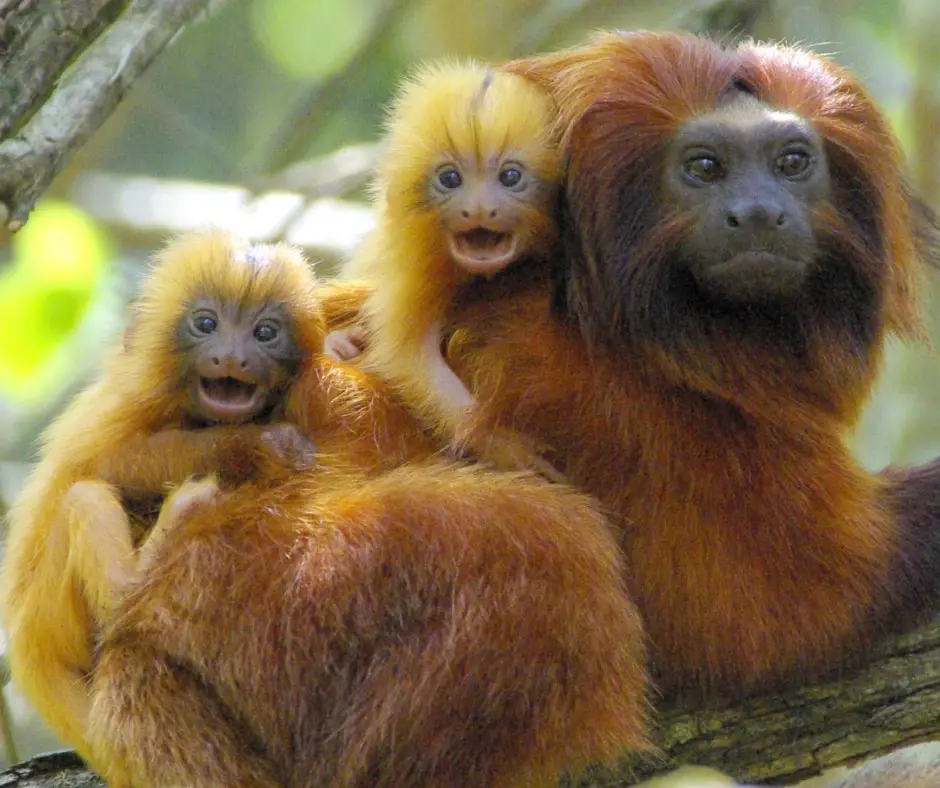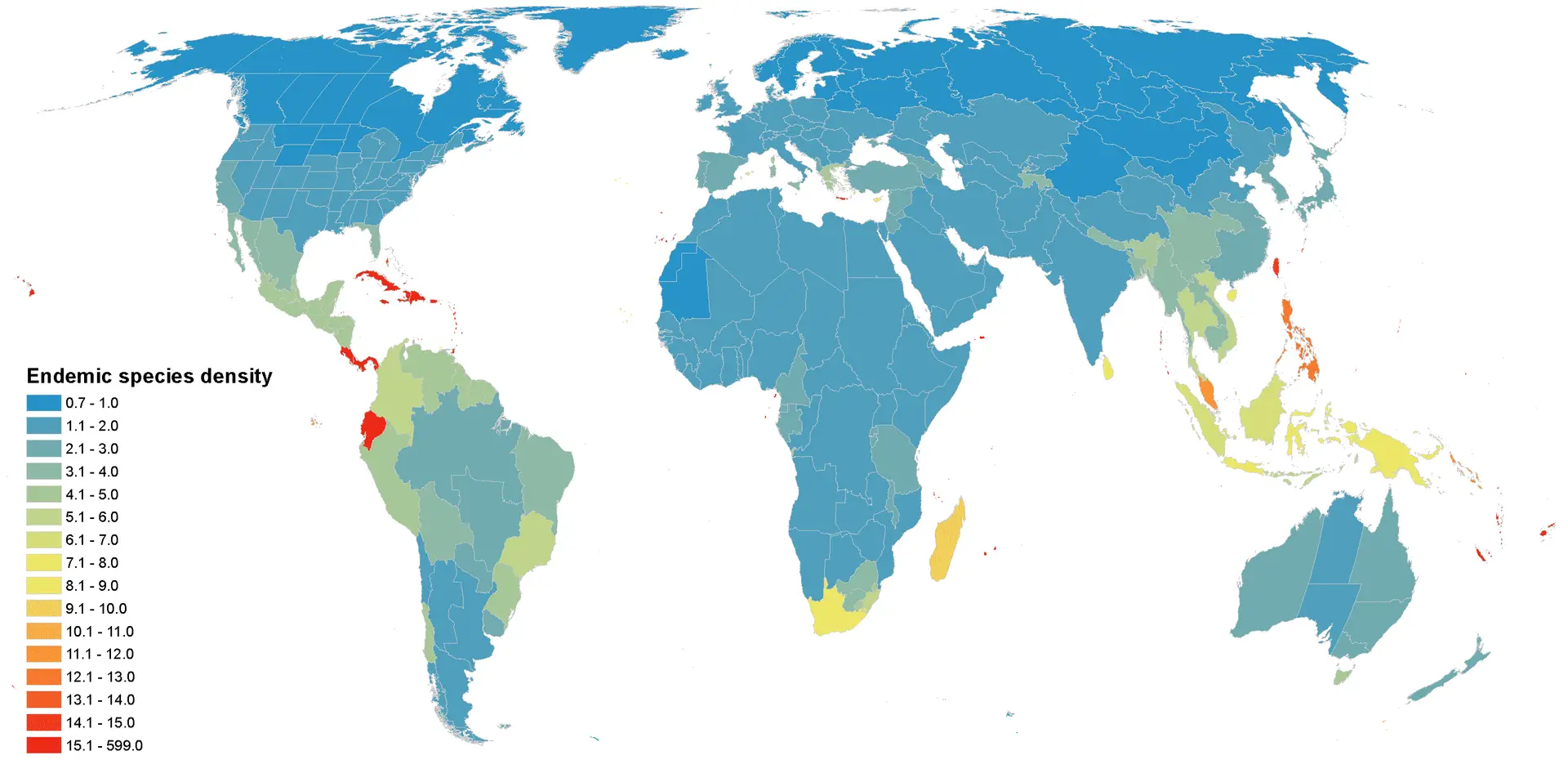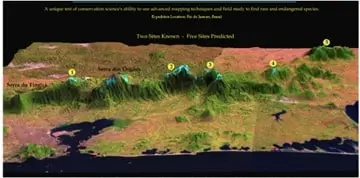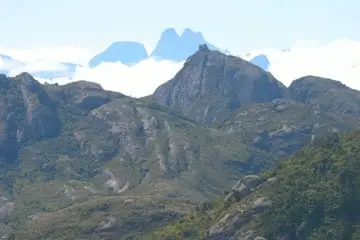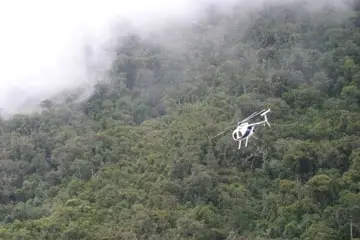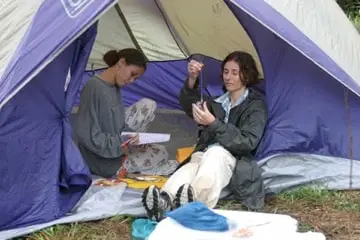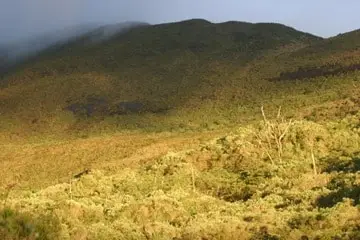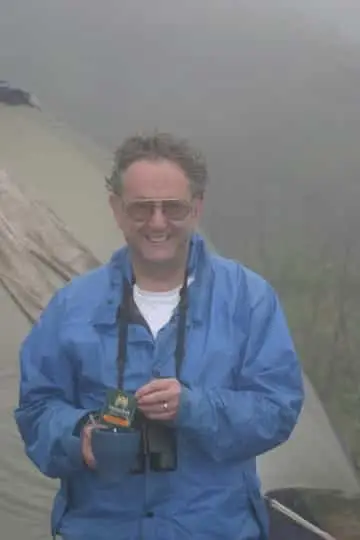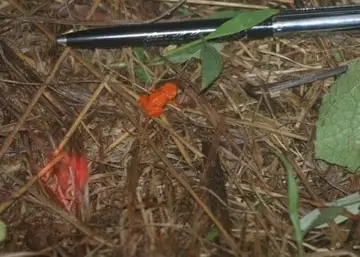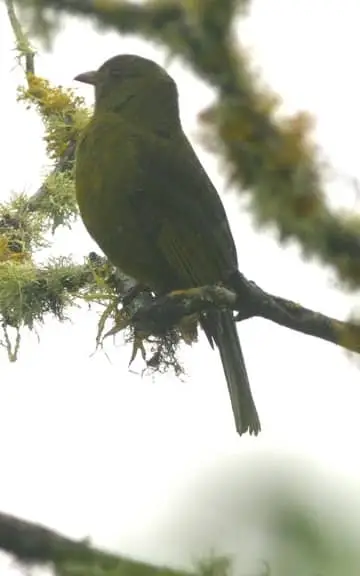Saving Nature And REGUA Announce Significant Land Purchase As Part Of Multi-Year Conservation Vision For Brazil’s Atlantic Forest
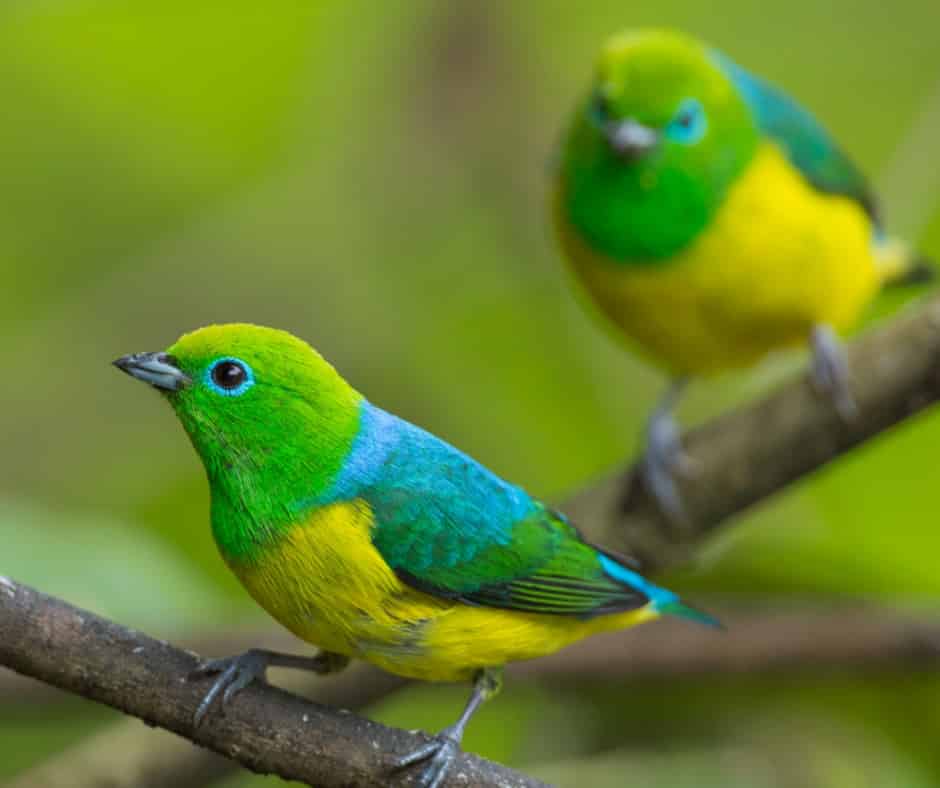
Saving Nature And REGUA Announce Significant Land Purchase As Part Of Multi-Year Conservation Vision For Brazil’s Atlantic Forest
Saving Nature, a non-profit, science-led conservation organization dedicated to preventing extinctions and fighting climate change, announced today a significant land acquisition in Brazil. The investment is part of a multi-year partnership with Reserva Ecologica de Guapiaçu (REGUA), a Brazilian NGO working to restore critical habitat for biodiversity in the Atlantic Forest near Rio de Janeiro.
REGUA is a leading conservation organization focused on creating a sustainable future for a critical watershed that supplies fresh water to thirteen million people in Rio de Janeiro. The land purchased is embedded within Brazil’s third largest remaining Atlantic Forest fragment. It adds 294 acres of land that REGUA will reforest with native trees to create a 1,000-acre restoration zone within its 18,250-hectare protected nature reserve.
“Brazil’s Atlantic Forest is one of the most biologically diverse places on earth and is home to many thousands of species of animals and plants that exist nowhere else,” commented Dr. Stuart Pimm, Founder and President of Saving Nature. “We are delighted to partner with REGUA to implement a broad regional vision for the restoration of the Atlantic Forest and the salvation of its biodiversity.”
“REGUA has worked intensely to protect the remaining forests, partnering with international groups, including Saving Nature, to identify and create corridors for threatened and endangered species,” commented Nicholas Locke, President of REGUA. “Because of the ongoing threat of forest fragmentation and urban development, restoring and protecting the Atlantic Forest is the only way for its magnificent biodiversity to survive.”
The land purchase and strategic partnership are a unique opportunity to fortify and amplify REGUA’s conservation gains. The partners hope the project will serve as a model for achieving effective and efficient ecosystem protection and natural solutions to climate change through strategic action centred around biodiversity.
About Saving Nature, Inc.
Founded by senior conservation scientists, Saving Nature is committed to rescuing endangered species from extinction and communities from environmental destruction. Saving Nature partners with local conservation groups to create vital connections between isolated forests in biodiversity hotspots. The organisation creates strategic wildlife corridors to promote species dispersal, genetic diversity, and population rebound. By acquiring and reforesting degraded landscapes with native trees, the corridors sequester carbon and provide essential ecosystem services in an era of climate change. Saving Nature is a non-profit 501(c)(3) organisation, and all donations to Saving Nature are tax-deductible. To donate, click here.
About REGUA:
REGUA is a Brazilian environmental NGO created in 2001 with a mission of conserving the Atlantic Forest of the Guapiaçu river catchment. Since 2001, REGUA has created a protected area of more than 28,650 acres, planted 650,000 trees, restored lost swamps, and successfully reintroduced tapirs. REGUA manages a 18,250-acre protected nature reserve and works with local landowners to protect an additional 10,400 acres.
REGUA delivers complementary programs that include conservation, education, and research. Their long-term forest protection program includes land purchase and restoration, recreating wetlands, planting native trees, reintroducing lost species, hiring forest rangers, and designating Private Park (RPPN) status. REGUA’s education program supports environmental awareness through wide-reaching community and international studies. Ongoing scientific research includes partnerships with universities and scientists to advance insights into the region’s biodiversity and publish papers on conservation topics.

